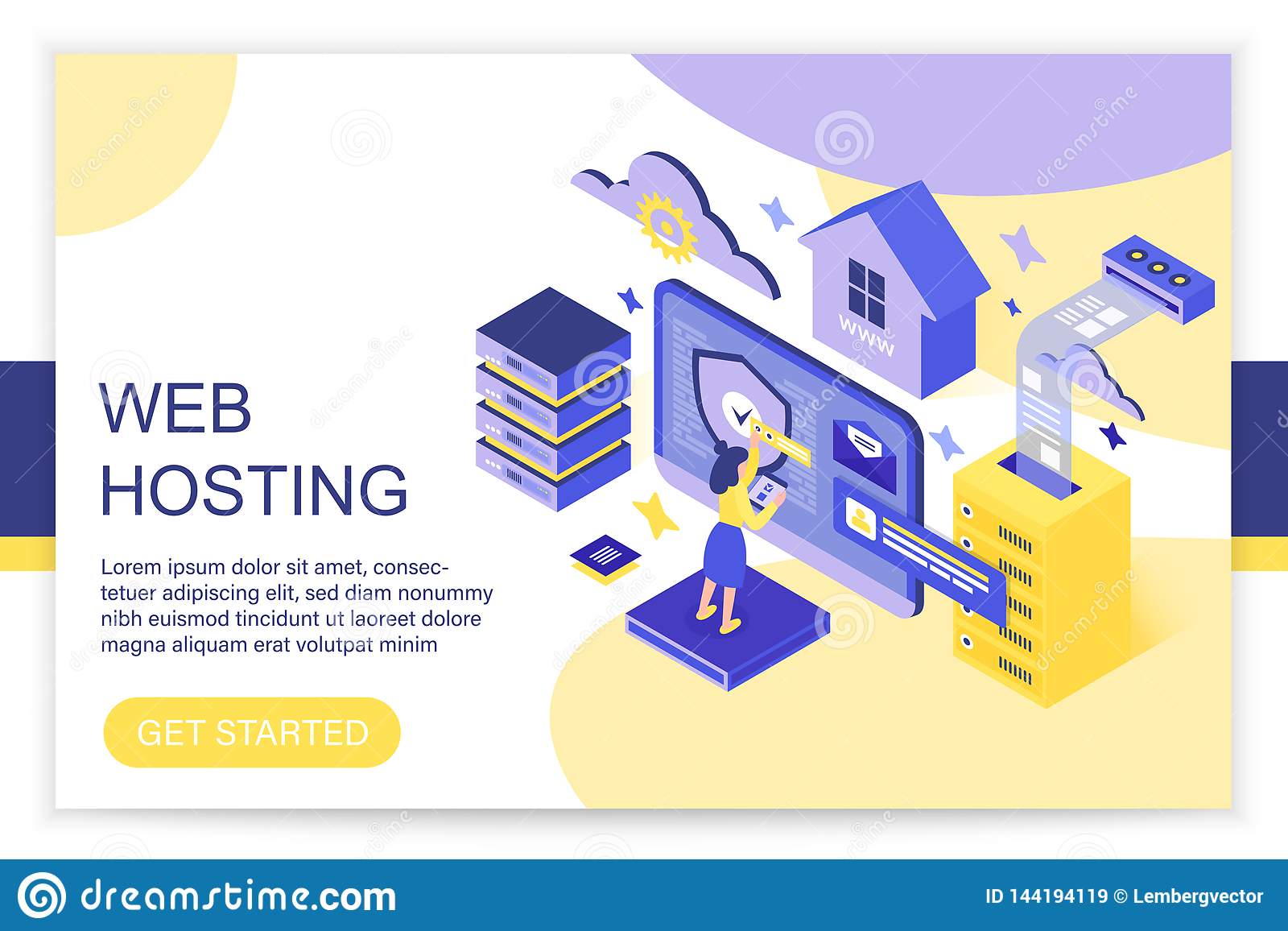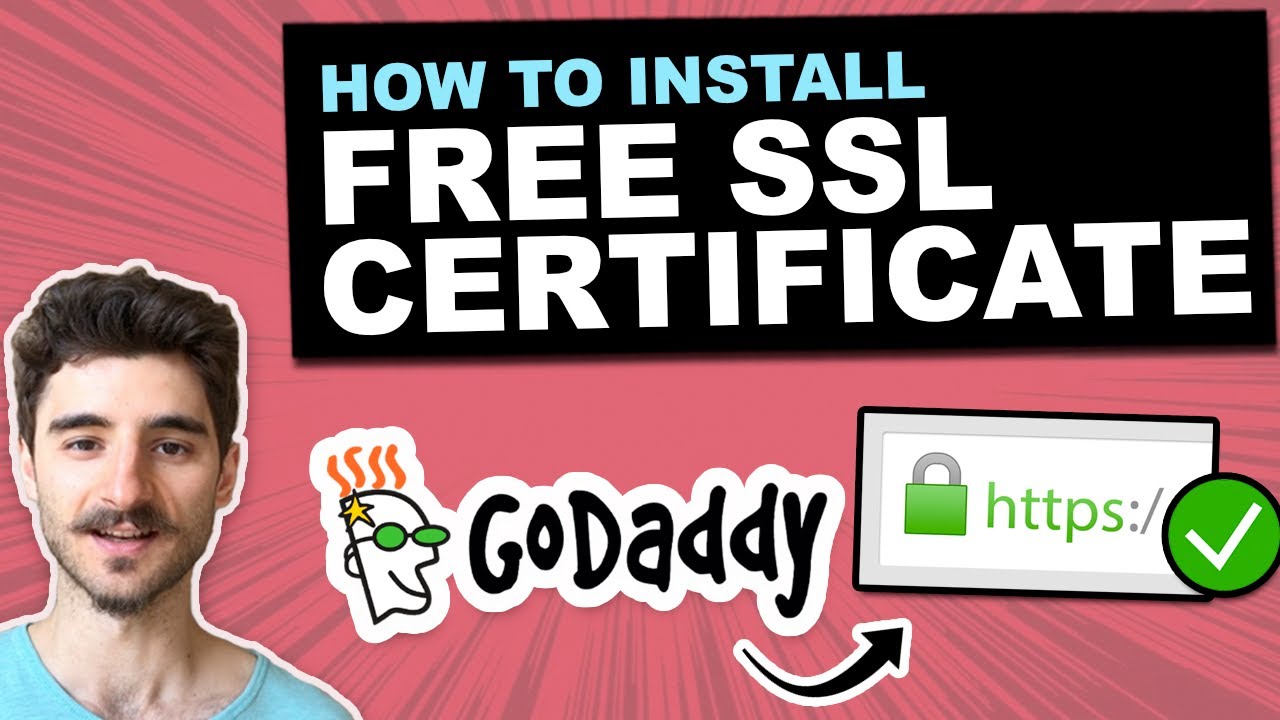
FTP passive or active is important for the majority of users, especially if they use their FTP clients behind a fire wall. The passive mode of FTP is simpler to use, and more compatible with firewalls and NAT routers.
FTP is a protocol that uses the Internet (IP) to transfer files between computers using a client or server. The FTP protocol is composed of a data channel and a command channel, both of which are used to transmit information between the client and the server.
The client initiates the command channel with the FTP server by sending a PORT command on TCP port 21. The server will then connect back to the specified local data port for the client, which is usually TCP port 20, and establish a command channel with it.
This connection procedure works unless you have an FTP server behind a fire wall. In that case, the client's firewall will block the incoming connection request from the FTP server, which would prevent the file transfer from occurring.

The client can be switched from active mode to passive mode to fix this issue. In passive FTP mode, the FTP server still initiates the channel of command but sends a PASV instead. The FTP server responds to the PASV by indicating the (random data port) it has opened for file transfer.
In Active mode, the client also sends a PORT command to initiate the data channel with the FTP server. This mode is a reverse channel that's not as friendly for firewalls and NAT devices as passive mode.
Firewalls are pieces of software that help secure networks by only allowing certain types of traffic to be sent on specific ports. This is usually done to prevent unauthorised access, but it can also cause issues when using FTP.
Network Address Translation (NAT), or NAT devices, are another popular way to block unauthorized connections. These devices let multiple computers share one IP address but they can also be used as firewalls for connections from outside. NATs are particularly good at blocking connections to internal servers, but can be difficult to configure for firewall support.
In order to reduce the amount of responsibility that the client has for the firewall configuration, the passive mode was developed. In passive, the client will still initiate the control channel using port 21, however, instead of sending a PASV, it will send a PASV. This command tells the FTP server to return an IP address and port number for the client to create a data channel on.

If you are running Fetch with an Automatic Passive Mode feature enabled, you will automatically be switched to passive mode when Fetch is running on a firewall and receives an error trying to make a connection. If this does not work, you can manually enable passive mode by selecting the Passive Mode option from the FTP Settings menu.
Clients can choose between active or passive mode, though passive mode is usually better for NATs and Firewalls. The client can be configured to use a limited range of high-level ports on the server, which will limit the number of ports that can be blocked by a firewall. This also reduces the risks to the server of a blocking firewall.
FAQ
Are I more likely to be hired for a job as a Web Developer if my portfolio is good?
Yes. If you want to land a job as web designer or developer, your portfolio is essential. Your portfolio should show examples of your skills, experience, and knowledge.
A portfolio usually consists of samples of your past projects. These can be anything that shows off your skill set. You should have everything in your portfolio, including mockups.
What is responsive web design?
Responsive Web Design (RWD) is an approach to designing websites where content displays responsively on all devices - desktop computers, laptops, tablets, smartphones, etc. This allows users to simultaneously view a website from one device while still being able to access other features, such as navigation menus and buttons. The goal of RWD is to ensure that when a user views a site on any screen size, they view the exact version of the site.
If you are building a website to sell products primarily via eCommerce, then you want to make sure that customers can purchase items from your store even if they view it on their smartphones.
A responsive site will automatically adjust its layout based on the device being used to view it. So, viewing the site on your laptop will look like a standard desktop website. But, the page will appear differently if you view it on your phone.
This means that you can create a single website that looks great on every type of device.
What is the cost of creating an ecommerce website?
It all depends on what platform you have and whether or not you hire a freelancer. eCommerce sites typically start at around $1,000.
Once you've chosen a platform you can expect to pay $500-$10,000.
A template is usually less than $5,000 if you plan to use it. This includes any customization you need to make to fit your brand.
Where can I find freelance web developers?
Freelance web designers and developers are available in many locations. Here are some of the best options:
Freelance websites
These websites offer job listings for freelancers. Some sites have very specific requirements while others do not care about what kind of work you do.
Elance is a great place to find graphic designers, programmers and translators.
oDesk features similar to oDesk, but they are focused on software development. They have job opportunities in PHP. Perl. Java. C++. Python. JavaScript. Ruby. Android. And.NET developers.
Another option is to visit oWOW. Their website focuses on web and graphic designers. They offer writing, video editing and programming as well as SEO, social media marketing, website design, and many other services.
Forums Online
Many forums allow members of the community to post jobs or advertise their services. DeviantArt, a forum for web designers, is one example. You can search for "web developer" using the search bar to see a list threads in which people are seeking help with their websites.
Are you a technical person who wants to design and build a site?
No. You just need to be familiar with HTML and CSS. You can find tutorials online for HTML and CSS.
How much does it cost to build a website?
This question will depend on your goals for your website. Google Sites may not be required if you simply want to provide information about yourself or your company.
You will likely need to spend more if you want to attract people to your site.
The most common solution is to use Content Management Systems (like WordPress). These programs allow you to create a website without knowing anything about programming. The sites are hosted by third-party businesses, so there is no risk of your site being hacked.
Squarespace is another way to create a website. The plans range from $5 per month up to $100 per month depending on what content you want to put on your site.
What is a UI Designer?
A user interface (UI), designer is responsible for designing interfaces to software products. They are responsible for the design of the layout and visual elements in an application. Graphic designers can also be included in the UI design team.
The UI Designer must be able to solve problems and understand how people use computers.
A UI Designer should have a passion in technology and software design. He/she must understand all aspects of the field, from developing ideas to implementing those ideas into code.
They should be able to create designs using various tools and techniques. They should be able solve problems creatively by thinking outside the box and come up with innovative solutions.
They must be organized and detail-oriented. They should be capable of quickly and efficiently developing prototypes.
They should be comfortable working with clients, both large and small. They should be able to adapt to changing situations and environments.
They should be able and willing to communicate effectively with others. They should be able communicate clearly and concisely.
They should be well-rounded individuals who possess strong communication skills.
They must be driven, motivated, and highly motivated.
They should be passionate for their craft.
Statistics
- Is your web design optimized for mobile? Over 50% of internet users browse websites using a mobile device. (wix.com)
- The average website user will read about 20% of the text on any given page, so it's crucial to entice them with an appropriate vibe. (websitebuilderexpert.com)
- In fact, according to Color Matters, a signature color can boost brand recognition by 80%. There's a lot of psychology behind people's perception of color, so it's important to understand how it's used with your industry. (websitebuilderexpert.com)
- When choosing your website color scheme, a general rule is to limit yourself to three shades: one primary color (60% of the mix), one secondary color (30%), and one accent color (10%). (wix.com)
- Did you know videos can boost organic search traffic to your website by 157%? (wix.com)
External Links
How To
What is website Hosting?
Website hosting is the location where people go when they visit websites. There are 2 types.
-
Shared Hosting - This is your cheapest option. Your website files are stored on a server that is owned by another person. Your customers' requests travel via the Internet to your server when they visit your site. The server owner then forwards the request to you.
-
Dedicated hosting is the most expensive option. Your website resides entirely on one server. There are no other websites sharing space on the server. Your traffic remains private.
Because shared hosting is more affordable than dedicated hosting, most businesses opt for it. With shared hosting, the company that owns the server provides the resources needed to run your website.
But there are pros and cons to both options. Here are the differences:
The pros of shared hosting:
-
Lower Cost
-
It's easy to set up
-
Frequent Updates
-
It is available on many Web Hosting Companies
You can get shared hosting for as low as $10 per monthly. But keep in mind that this price usually includes bandwidth. Bandwidth describes the amount of data that can be transferred over the Internet. Even if you upload only photos to your blog you might still have to pay more for large amounts of data that you transfer through your account.
You'll soon discover why you paid so much more for your previous host when you get started. The majority of shared hosts offer limited customer support. Their techs will occasionally walk you through setting up your site, but you're on your own after that.
A provider with 24-hour telephone support is a good choice. They will assist you with any problems that may arise while you're sleeping.
Cons of dedicated hosting
-
More Expensive
-
Fewer Common
-
You will need to have special skills
You're getting everything you need with dedicated hosting to operate your website. You won’t need to worry whether you have enough bandwidth or enough RAM (random address memory).
This means that you'll spend a bit more upfront. However, once your business goes online, you'll discover that you don’t need as much technical support. You'll become an expert at managing your servers.
Which Is Better for My Business?
The answer to this question depends on which type of website you wish to create. Shared hosting might be best if you just want to sell products. It's simple to set it up and keep it updated. You'll probably receive frequent updates because you are sharing a server hosting many other sites.
However, dedicated web hosting is the best way to build a community around you brand. You can focus on building your brand without worrying about handling your traffic.
Bluehost.com offers both. Bluehost.com offers unlimited monthly data transfers, 24/7 customer support, domain registrations free of charge, and a 30-day guarantee for your money back.